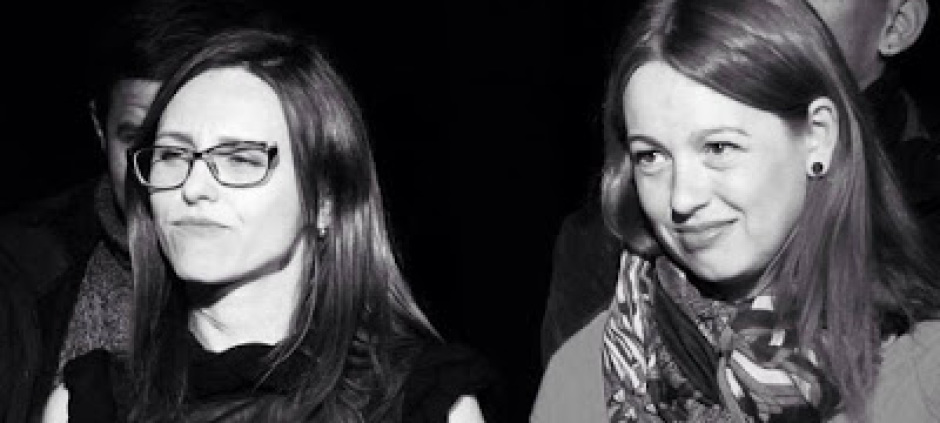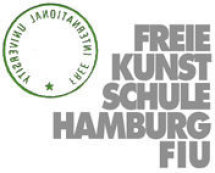Where is the East? Where is the West?
A documentary project by Natalia Vorozhbyt and Georg Genoux
I'm not who you think I am
Daisy Hayes about documentary project of Theatre of Displaced People «Where is the East? Where is the West?»
In Kharkiv The Theatre of Displaced People’s new project, ‘Where is the East? Where is the West?’ forced both the participants and audience to confront their prejudices. The performers and audience were filtered into their seats according to where they live. From the beginning they were forced to ‘take sides’ and think about how they define their identity. Eastern Ukraine faced Western Ukraine across the stage. People from Serevodonetsk and Kharkiv looked at people from Lviv.
The whole evening was structured around conversation. Firstly between the performers as they discussed the stereotypes they personally hold. Occasionally a performer from the East would cross the stage to the Western side and vice versa. These crossings seemed to offer hope that mutual understanding was within the performers’ grasp, that cultural boundaries could be overcome, that really it does not matter where people are from, they are just people at the end of the day. But it was a fleeting hope. The performers always returned to “their” side of the stage. Their conversation did not offer any quick remedies or long-term solutions to the problems that it raised.
Neither did the discussion with the audience afterwards. Stereotypes cause anger as they veer from absurdly comic to absurdly tragic because they hold a grain of truth, which however shallow, people take personally because nobody can escape being stereotyped. One audience member later commented, “I would like to see a fuller picture - more about the good things about people from Donetsk. I feel resentful that our decency was not reflected. It was like showing one or two colours of a rainbow.” The audience did praise the performers’ bravery considering the fact that they had put the performance together in less than a week.
In some ways the performance reinforced an East/West binary, in others undermined them. As Igor Martynenko a performer from Kharkiv pointed out, “after a couple of rehearsals it turned out that with actual people it is very difficult to find any reason for a confrontation”. Under scrutiny stereotypes do not hold and the performance provoked people into voicing this problem. When asked whether he was happy with the performance, director Georg Genoux replied, “happy is not the right word. I am not happy because it was very uncomfortable”.
The question of identity is confusing, difficult and relevant to everyone everywhere especially when a country must decide what kind of place it wants to be in the future. It would be naïve to expect that one performance could offer all the answers. But it is encouraging when companies - not only The Theatre of Displaced People - engage with the complexities and that at the end, the audience demand more rigorous questioning. Alyona Suprun, another performer from Kharkiv said“the Galicians left, but our chat online has stayed, as well as a feeling of incompleteness, as if…The group is still trying to figure out our stereotypical self-assessment/self worth and so there is a sense that the banal, straightforward topic was not fruitless”.
‘Where is East? Where is West’ was part of ‘Pohran Cult – Galicia Cult’ 2016, which took place Kharkiv. It was the third forum (the first in 2014 bought Donbas artists to Kyiv, then in 2015 to Lviv) aiming to bring people from different parts of Ukraine together in the hopes of breaking divisive stereotypes.



